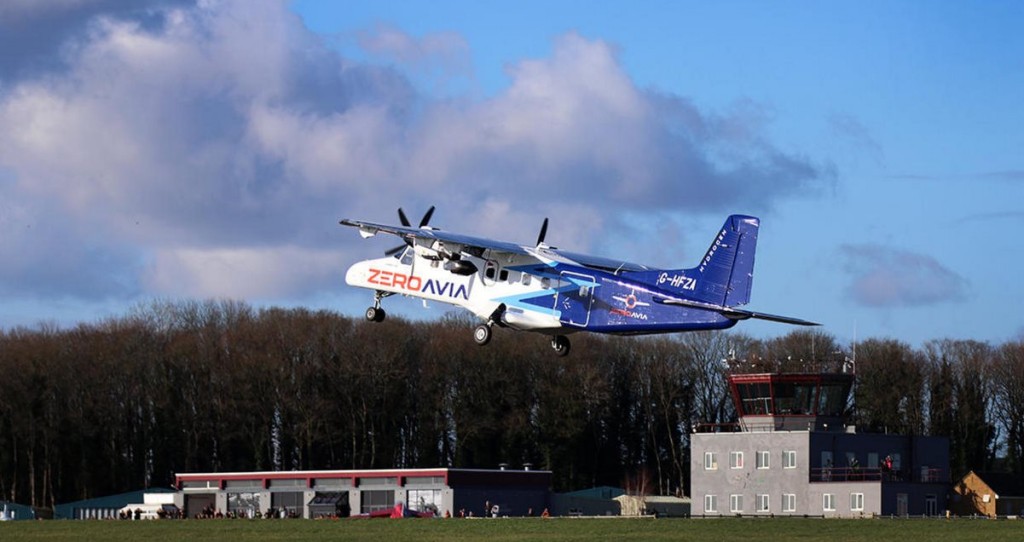
An aviation start-up just set a new world-first for the largest hydrogen-powered aircraft flight in history—a 19-seat aircraft called the Dornier 228.
Designed by ZeroAvia, the start-up is developing hydrogen-powered engines for regional flights, and over the last 12 months has really taken off.
This most recent flight was a 10 minute affair from the Cotswolds Airport in Gloucestershire, England, but was only the most recent manifestation of their success.
ZeroAvia counts American and United airlines as their investors, and by 2025, the firm has 1,500 pre-orders of their hydrogen electric powertrains to fulfill. The prototype powertrains have received approval from both the UK and US civil aviation authorities.
“This is a major moment, not just for ZeroAvia, but for the aviation industry as a whole, as it shows that true zero-emission commercial flight is only a few years away,” ZeroAvia founder and CEO Val Miftakhov said in a statement Thursday.
The flight comes after news in August that the company signed a memorandum of understanding with American Airlines for 100 of the powertrains, which are being developed for 90-seat aircraft.
“Having support from [one of the] world’s largest airline is a strong indication of the progress we’re making on the development of hydrogen-electric, zero-emission flight,” added ZeroAvia Founder and CEO Val Miftakhov. “We are focused on delivering sustainable travel, and are delighted that American, a visionary leader in the industry, sees ZeroAvia as a part of the future of aviation.”
Hydrogen as a fuel source is currently one of two more sustainable alternatives to powering aviation. Accounting for 2.8% of all global emissions, passenger aircraft need high octane, energy dense fuel sources because of the weight limitations which batteries can’t account for.
YOU MAY ALSO LIKE: 100% Hydrogen-Powered Jet Engine Successfully Tested by EasyJet and Rolls-Royce
The ZA2000-RJ powertrain from ZeroAvia is predicted as having a 500-mile range on a full tank, which United Airlines said would restore the economic viability of smaller regional flights.
“A lot of small cities have lost service because of the cost, and we think that these technologies will allow United to bring back more frequent service and service to airports that don’t have any service today,” Michael Leskinen, president of United Airlines Ventures, told CBS.
MORE AVIATION NEWS: Jet Fuel Derived From Used Cooking Oil Certified Airworthy for Large-Scale Production in China
For reference, 500 mile jumps could service distances such as Pittsburgh to Chicago, Amarillo to Austin, or Fort Myers to Savannah. In Europe the benefits compound because of the size of the continent. ZeroAvia could easily service Milan to Naples, Munich to Hamburg, or Newcastle to Exeter.
SHARE This Good Aviation News With Your Friends…




















